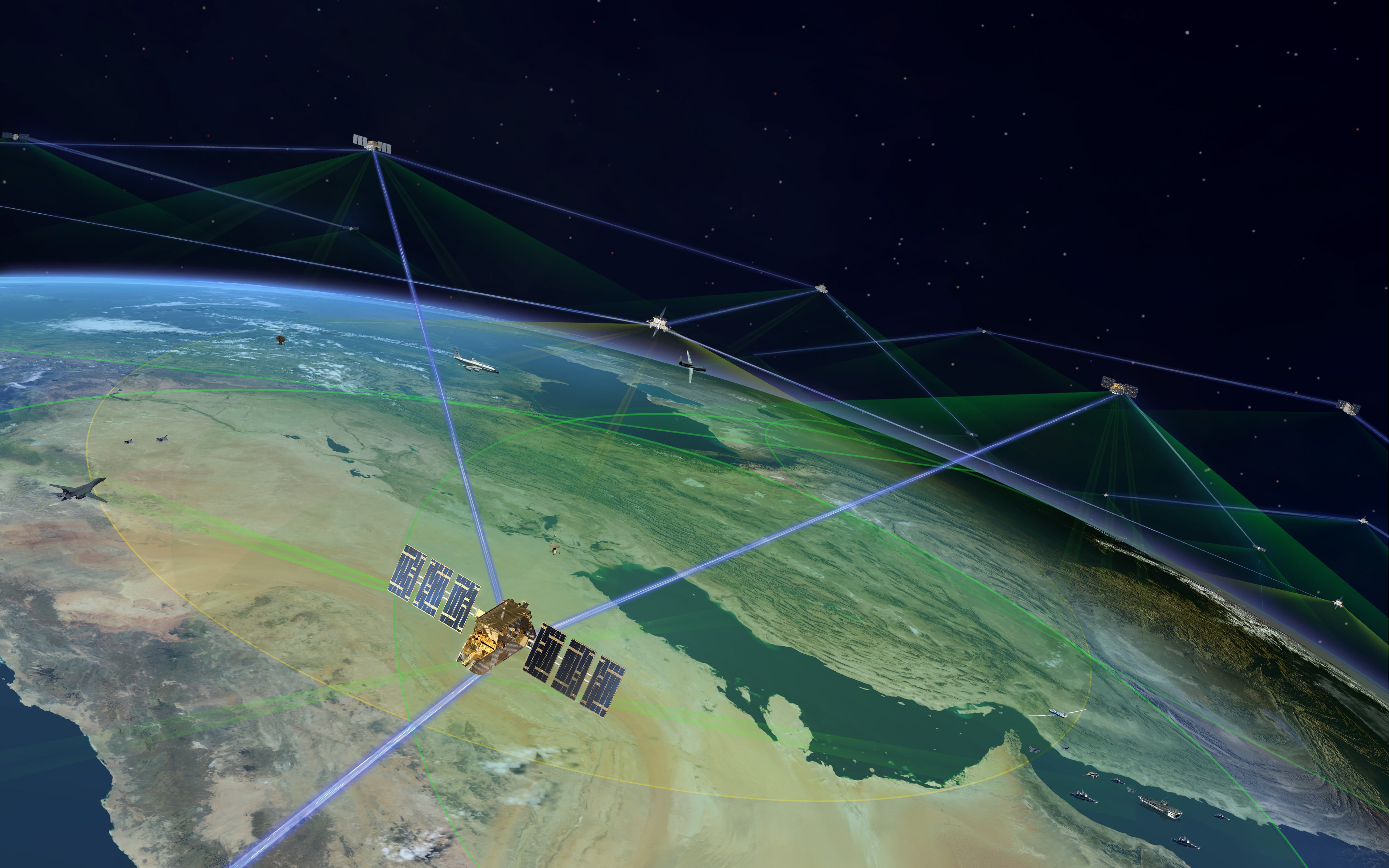WASHINGTON — The Space Development Agency awarded Rocket Lab $515 million to build 18 data transport satellites.
The company joins Lockheed Martin and Northrop Grumman, who received awards in August to develop 36 satellites each. The spacecraft are part of the third generation — dubbed Tranche 2 — of SDA’s Proliferated Warfigher Space Architecture, a fleet of hundreds of small satellites operating in low Earth orbit, about 1,200 miles above the planet’s surface.
California-based Rocket Lab has been expanding its space systems business in recent years, and the SDA award marks its first prime satellite development contract. The company in November announced plans to expand its production footprint with a new Space Structures Complex in Maryland.
“This contract marks the beginning of Rocket Lab’s new era as a leading satellite prime,” CEO Peter Beck said in a statement. “We’ve methodically executed on our strategy of developing and acquiring experienced teams, advanced technology, manufacturing facilities, and a robust spacecraft supply chain to make this possible.”
Chief Financial Officer Adam Spice told investors Jan. 8 that Rocket Lab sees opportunities for future satellite contracts within the national security space sector, though he declined to discuss specifics.
“I think this is a huge validation of the fact that these opportunities are real for Rocket Lab,” he said.
Rocket Lab will build the satellites — designed to provide encrypted connectivity and communication for military users operating around the globe — at its Long Beach, California, manufacturing complex. The company will produce the subsystems for the 18 spacecraft in-house, including start trackers, solar panels, flight software and other components.
“This high degree of vertical integration gives Rocket Lab a rare level of control over supply chain, enabling efficiencies and certainty on cost, schedule and quality,” the company said.
Established in 2019, SDA’s strategy is defined by two key acquisition concepts: spiral development and proliferation. The PWSA will augment constellations of large spacecraft with hundreds of small, relatively low-cost satellites. While it takes the military on average five to 10 years to conceive and then launch a satellite, SDA wants to shorten that to about two years and field technology at a regular pace, or “spiral.”
The agency expects to launch the 72 transport satellites built by Lockheed and Northrop in 2026 and the remaining Rocket Lab spacecraft in 2027.
Courtney Albon is C4ISRNET’s space and emerging technology reporter. She has covered the U.S. military since 2012, with a focus on the Air Force and Space Force. She has reported on some of the Defense Department’s most significant acquisition, budget and policy challenges.






